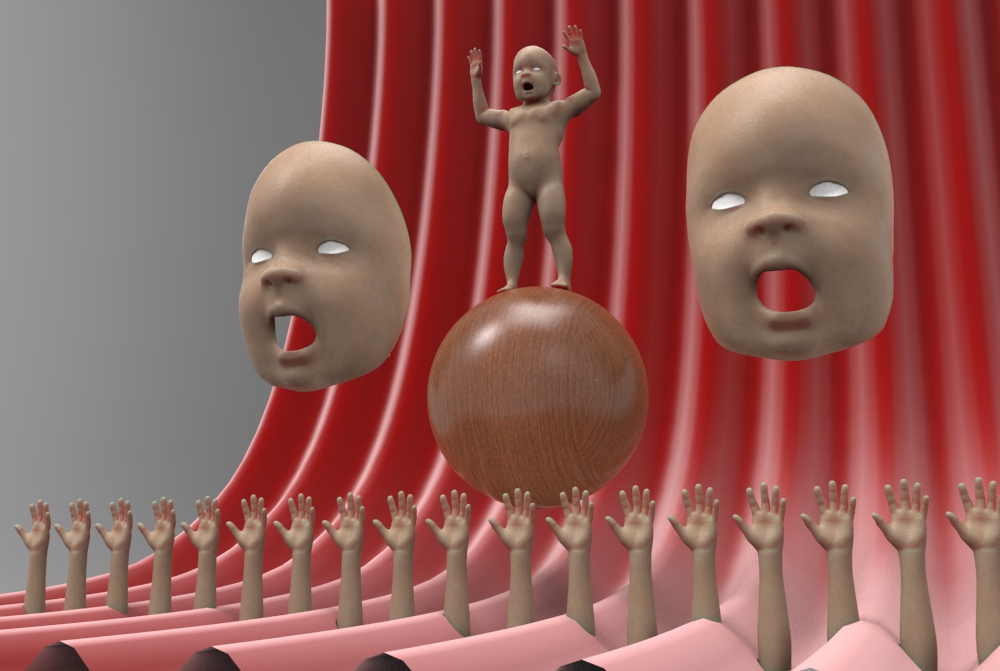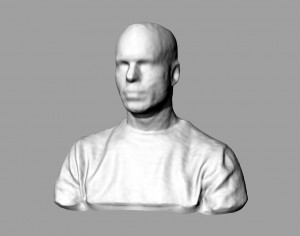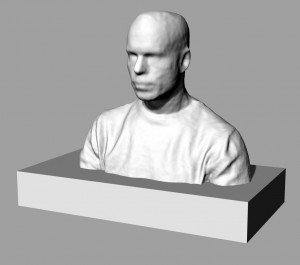- Use K-Scan to scan your head and shoulders. Instructions are available here.
- Use the Makerbot Digitizer via Prof. Meiser’s laptop to scan a small object.
- Use 123d Catch with your smartphone to scan something of your choosing. examples
- Once you’ve completed your three scans you’ll want to save them in STL or OBJ format.
- Post a screenshot of each scan on the private class website in the research binder category. For each screenshot, please include information about the scanner used so we can compare the level of quality offered by each method.
- Learn how to modify your meshes by watching the video included below. Watch from 1:50 to 3:20 and from 8:45 to 10:15. If you think you may be interested in using the CNC router in your third and final project of the semester then watch the end of the video starting at 11:10.
- Prepare one of your three scans for 3d printing by following this tutorial.
- Save your finished file in Rhino 3dm format with your name (for example: JoeMeiser.3dm)
- Place your file in the digital sculpture netspace shared folder.
Video on working with meshes
Note: If these videos don’t display in your web browser, be sure that you’re at http://sculpture1.blogs.bucknell.edu instead of https://sculpture1.blogs.bucknell.edu. Apparently, removing the “S” from the http makes a big difference in the security settings for the page.










